Teeth Bonding in Miami
Book A Free Consultation
Financing is Available with 0% interest.
NEW PATIENTS ONLY
LIMITED-TIME SPECIAL OFFER
WHAT IS
What is dental bonding?

Dental bonding (also known as bonding, union, or dental adhesion) is one of the least invasive and most comfortable dental restoration procedures for patients. This procedure belongs to the branch called “conservative dentistry.”
This branch encompasses all treatments that are focused on saving and maintaining the health of natural teeth. This procedure works like a dental remodel and has a more aesthetic sense than fillings. For all this, teeth bonding is one of the most used and convenient procedures for patients and dentists.
Although teeth bonding has no major complications and is a very safe treatment, it should always be performed in the office by a professional dentist. This service is very versatile and is used in many cases, such as restoring broken, chipped, uneven, separated teeth or teeth that are stained or discolored. After performing the teeth bonding, the smile recovers the aesthetic level that it had lost. One of the greatest advantages of this type of treatment is that it combines the speed of the procedure with aesthetics and functionality. All for a fairly affordable price for most people.
To perform teeth bonding at Miami Perfect Smile, we have the most advanced technical equipment. Likewise, the composite we use is of high quality and has a long useful life. Both doctors and patients, whenever possible, will prefer tooth bonding over any other more complicated procedure. Tooth bonding is appropriate for restoring almost all minor dental damage that patients may have. However, the tooth bonding procedure also has its limitations. Its main limitation is that it cannot be applied in circumstances of teeth with major damage. In those cases, other resources will be put into practice, such as crowns or dental veneers.
ABOUT OUR DOCTOR

Dr. Helen Carmenate
Dr. Carmenate attended Ibero-American University in the Dominican Republic, graduating with an Undergraduate Degree in Dentistry before moving to Miami to complete her General Practice Residency at Florida Institute for Advanced Dental Education (FLIADE).
She specializes in smile design, restorative and cosmetic dentistry.
PROCEDURE
What is the procedure for dental bonding at Miami Perfect Smile?
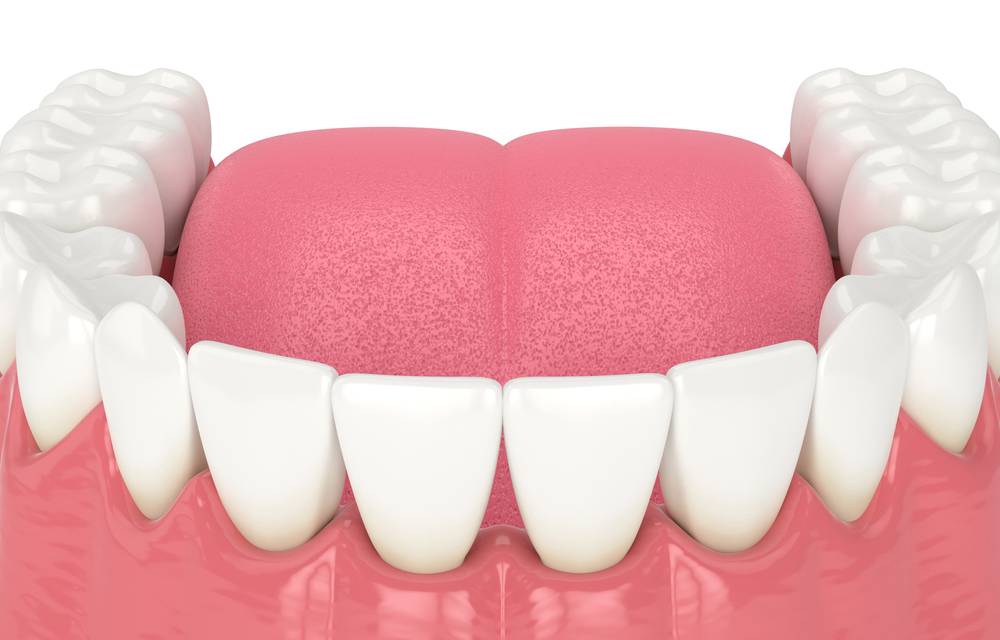
A great advantage is that you don’t need to make several visits to put into practice a teeth bonding treatment at Miami Perfect Smile. The restoration can be done at the same appointment. This material also has the advantage of being easily replaceable when broken. And tooth bonding basically consists of filling the spaces within the teeth or between teeth, for which composite or composite resin is used. In this technique, the restoration is achieved by bonding the composite material to the tooth. Unlike dental veneers and crowns, tooth bonding does not need to be prepared in the laboratory but is made directly on the tooth.
The composite is made from a combination of resins, which harden when applied to the teeth. This compound can be easily manipulated by the dentist, and it manages to penetrate the tooth to achieve union with the piece. Once the resin has been well applied, the light of a polymerization lamp is applied to it. This hardens the composite, and the tooth is completely bonded and restored. The composite, being a mixture that is prepared at the time of use, can be made with pigments that mimic the wide range of shades of dentures. Thanks to this, the finish has a very good aesthetic level. Teeth bonding at Miami Perfect Smile is done with the highest quality composite or composite resin.
COST
How much does the tooth bonding procedure cost in Miami
Performing a tooth bonding procedure at Miami Perfect Smile is highly recommended, because we have competitive prices compared to other dental offices.
The cost of tooth bonding treatment ranges between $100 and $400 for each tooth to be treated. The specific price depends on the type of damage to the tooth, the size of the opening, etc. We have highly trained personnel as well as the best quality materials and state-of-the-art technology. The greatest satisfaction for Miami Perfect Smile is that of our clients. We reiterate that a happy customer is our best letter of introduction.
STEPS
Steps to receive teeth bonding treatment at Miami Perfect Smile

The steps to follow to receive a tooth bonding treatment at Miami Perfect Smile are as follows:
1. Choose the color of the resin according to the tone of the teeth.
The first thing will be to choose the appropriate shade of the composite resin to be used. The dentist will be in charge of showing a catalog of colors and helping the patient choose the tone that is similar to the natural one of their teeth. This initial color test will be essential to achieve a beautiful and aesthetic finish.
2. Clean, abrade, and remove moisture from the tooth.
The second step will be to clean and slightly abrade the piece to be restored in order for the adhesive to stick well to the tooth. The dental surface must be a little rough for this, which is also achieved by filing it. The tooth is then dried. The purpose of this is to prevent moisture from preventing proper adhesion.
3. Apply conditioner and adhesive, and shape the resin.
Zirconium or zirconia veneers are currently not as well known as porcelain veneers, but they are being used more and more every day. Like porcelain ones, they are manufactured in the laboratory, using zirconium oxide crystals, after taking samples from the patient’s teeth. After this, a veneer is placed on each tooth, thanks to special adhesives.
Due to the way they are manufactured, they can be considered a subtype of porcelain veneers. The strength and durability of zirconium veneers are remarkable: their useful life exceeds 15 years. However, their most notable advantage is that they are translucent, so that they assume the natural coloration of the person’s teeth, with great realism.
All of these notable advantages of zirconium veneers make them one of the most expensive. Increasingly, however, they are the choice of patients. For more details on this subject, we recommend reading a magnificent study by the Frontiers publishing house , devoted entirely to the characteristics, advantages, biological, adhesive, and aesthetic properties of zirconium in reconstructive dentistry.
4. Irradiate ultraviolet light to harden the resin.
Similar to zirconia veneers, lithium disilicate veneers can be considered a subtype of porcelain veneers. However, given their notable differences, it is convenient to talk about them separately.
Lithium disilicate veneers are, together with zirconium veneers, considered highly aesthetic veneers. Its extremely fine finish without losing its resistance is of maximum naturalness and allows practically no need to carve the enamel of the teeth to place them. Its duration is the longest known: from 20 to 30 years. This also determines that they are the highest priced so far.
5. Remove excess, finish and polish the tooth.
Once the adhesive has hardened, it’s time to taper or trim any excess areas to improve the bite. In this step, the tooth is also finished, until an optimal aesthetic level is achieved. Finally, the composite is polished, thanks to which the tooth acquires the same shine as natural teeth.
BENEFITS
Benefits of teeth bonding treatment

The teeth bonding procedure is very versatile and can be used to restore almost all cases of teeth with minor damage. On the other hand, tooth bonding is a non-invasive procedure that does not require surgery or recovery. Likewise, it is a fairly economical treatment for patients.
For all this, it is one of the most recommended options to use, as long as the condition of the tooth allows it. Let’s see below, summarized in points, what the benefits of this procedure are:
- Improves the appearance and aesthetics of teeth and smiles.
- Helps restore the functionality of teeth that have had minor damage.
- It is a non-invasive procedure.
- It does not require many appointments with the dentist. Normally, in a single appointment, everything is finished.
- It is affordable for the vast majority of patients.
- It is a procedure that has a long useful life.
- It does not require surgery, and therefore does not require patients to go through complicated recoveries.
- Patients can eat food normally after having undergone a teeth bonding treatment.
- It increases the well-being and self-confidence of the patient, since it allows him to smile again without fear in front of others.
CANDIDATE
Am I a candidate for tooth bonding?

If you’re reading this, you may have already wondered if you’re a candidate for teeth bonding or how you might know. Below, we describe the cases in which patients are suitable for teeth bonding at Miami Perfect Smile.
1. Reconstruction of broken or chipped teeth
There are many circumstances that can lead to a chipped or broken tooth. The most common causes are trauma or blows, but also:
- The habit of using teeth as a tool.
- Chewing very hard foods, such as ice, nuts, certain candies, etc.
- Untreated tooth decay can also lead to broken or chipped teeth.
Having a chipped or broken tooth can compromise the health of the entire tooth if it is not restored in time, since there will be an area of the tooth that is exposed without the protection of the enamel, and that facilitates the proliferation of cavities. It should now be added that there is a difference between a chipped tooth and a broken one.
A broken tooth is one that is missing a piece; that is, it is a tooth that has lost a piece that has already become detached. On the other hand, a chipped tooth is one that has small cracks in the crown but is still complete. In most cases of chipped teeth, if the tooth is not severely damaged, teeth bonding can be used to achieve dental union. The same is true for broken teeth: if the breakage is not excessive, the tooth bonding treatment allows rebuilding the area that is separated from the tooth.
2. Smooth out any sharp edges or points
Having teeth with sharp edges or points can be really uncomfortable and sometimes even irritating (both physically and mentally). When a tooth is in this condition, it can hurt the soft parts of the mouth, such as the tongue, lips or the inside of the cheeks. When the teeth have sharp edges or annoying points, teeth bonding is an excellent procedure to even out the teeth. In this case, composite resin is used to fill the tooth. Before filling it, the dentist will file the sharp parts.
3. Restoration of discolored or stained teeth
Having stained or discolored teeth can become a delicate situation that compromises dental aesthetics. At a social level, a tooth that has stopped having its natural pearly tone to acquire a brown or black tone can be assumed as a synonym of poor dental health, or it can even be interpreted as a sign of lack of hygiene (although this is far from being true). In most cases, to solve this type of dental damage, teeth bonding treatment can be used. However, it should be clarified that tooth bonding is one of the latest treatment options to restore stained teeth. Deep dental cleaning and whitening should be tried first, as well as determining what is causing the stain.
Teeth bonding is not a solution to remove dental stains, but rather to hide them behind the layer of composite resin. We can say that in these cases, it works as a technique to improve the aesthetics of the stained or discolored tooth, but not to solve the problem. If, for some reason, tooth bonding is chosen instead of tooth whitening, the technique of complete tooth coverage with composite resin will be applied. The resin will be the same shade as the healthy natural teeth, and its shape will be molded until the proper configuration is achieved and an optimal aesthetic result is achieved.
4. Union of separated teeth or diastemas
The diastema is the separation of dental pieces that should normally be united. Although in many cases the diastema is slight and is considered an attribute of natural beauty, in other cases the separation is too much and requires some dental treatment. As such, the diastema does not constitute a danger to oral health, but for many patients, it represents an aesthetic problem . Most often, these types of cases are resolved through orthodontic treatment. However, there are certain cases in which dentists prefer to resort to tooth bonding treatment.
Composite resins can also be used to join separated teeth in the cases of patients with very small teeth or in cases where there is more than one diastema in the dental arch. One of the requirements for joining diastemas with composite is that the bite is well aligned. Tooth bonding restorations represent an excellent treatment alternative for these cases, since they provide fast, simple, and aesthetic solutions at a low cost.
5. Teeth matching
Another application of teeth bonding treatment is to match teeth. Sometimes, naturally, there are teeth that are not at the same level as the others because they are smaller or larger. This unevenness is generally not considered aesthetic. Teeth bonding treatment is ideal for matching teeth. In this case, the necessary layers of resin will be applied until the tooth is brought to the right size in relation to the other pieces.
6. Filling of cavities
At this point, tooth bonding merges a bit with the filling or filling technique for cavities. Although they are not identical techniques, they do have some similarities. Above all, when the cavities are exposed and can be seen with the naked eye (which is the same as saying: when they are superficial, not deep cavities), it is appropriate to carry out good tooth bonding. Restoration through dental bonding will help the patient to recover the aesthetics and functionality of the tooth, without the need to resort to the slightly more drastic procedure that is dental filling.
7. Exposed root surfaces
Exposed root surfaces are teeth that have lost the gingival tissue that covers the tooth root. This trauma occurs when there is gum retraction or gingival recession. It is important to treat this condition as soon as possible because over time it can leave the tooth root completely exposed, and this has consequences, such as a greater risk of contracting cavities and hypersensitivity in the area.
In most cases, to prevent gingival recession, cosmetic surgery including grafting and regeneration of the gums is performed . But in not very serious cases, the tooth bonding procedure is also often used to fill the space between the tooth and the gum, thus restoring the aesthetic level of the teeth. In addition, with the composite resin, the root surfaces, which are the most susceptible to caries, will be protected. These restorations are aesthetic and cosmetic, not deep, so it is only recommended to perform them when the origin of the gingival recession has been diagnosed.
TEETH BONDING MIAMI
Frequently asked questions

Here is the section of frequently asked questions about the teeth bonding treatment at Miami Perfect Smile. Of course, there could be many more questions (because patients always have doubts and questions about these issues). But these are the main questions with our answers.
How should I prepare to receive a tooth bonding treatment?
Patients do not need any prior preparation to receive the tooth bonding procedure. Because this technique is very minimally invasive, it generally does not require the use of anesthesia or long recovery processes. Anesthesia will be used only if the tooth to be repaired has a cavity. The teeth bonding procedure also does not require any type of specific prior investigation. When arriving at the appointment at our office in Miami Perfect Smile, the patient will be able to wait calmly and receive the best services that same day for an optimal teeth bonding procedure.
How long does a tooth bonding treatment take?
As we have said above, performing the teeth bonding procedure at Miami Perfect Smile does not require more than one appointment, at least for each tooth. In the case of patients who need restorations in more than one piece, it will take more time in the office or several appointments, which is the most recommended. Normally, teeth bonding for a tooth is completed in a time ranging from 30 minutes to 1 hour.
After the teeth bonding procedure, it is important during the first 48 hours to avoid eating food and drinks that can stain (coffee, wine, and others). This will prevent the resin from acquiring a dark coloration and preventing it from fulfilling its aesthetic function. After the first 48 hours, you can eat this type of food as long as the appropriate hygiene measures are taken to avoid staining the teeth and the resin.
How long is the useful life of teeth bonding?
The lifetime of a tooth bonding procedure can vary between 5 and 10 years. The specific time will depend on the care that the patient has in the daily use of the denture. This is why tooth bonding is a treatment that enjoys great popularity. It is a perfect combination: a very long-lasting treatment for a very affordable price. It must be taken into account that the lifetime of teeth bonding will depend on whether the patient, in addition to taking the normal common sense measures in daily life, follows any advice that the dentist has given him.
Some recommendations for the care of dental bonding
- Avoid foods that stain : Foods that stain teeth (such as coffee, wine, chocolate, beets, tea, tobacco, etc.) should be avoided during the first 48 hours. The purpose of this is to prevent staining of the composite used in tooth bonding. After those two days, the aforementioned foods can be consumed normally, as long as good hygiene is maintained. If the patient follows the recommendations, teeth bonding will preserve the aesthetic level and functionality for a long time.
- Do not bite food or hard objects : A tooth bonding restoration restores the necessary functionality to the tooth to be able to chew food and exert sufficient pressure. However, the restoration is not as strong as natural teeth. Composite resin can crack if hard foods such as nuts, ice, or candy are bitten into. It can also be damaged when there are bad habits such as biting your nails, chewing pen caps, etc., or when you suffer from bruxism. To preserve tooth bonding for many years, this type of behavior must be avoided.
- Maintain good daily oral hygiene : Oral hygiene is very important in everything related to oral treatments, and tooth bonding is no exception. Brushing your teeth daily at least 3 times a day will remove dirt, prevent cavities and the accumulation of dental plaque that can affect dental health and reconstruction.

How much are veneers in Poland
The cost of veneers in Poland around $350 to $700 per tooth. can vary depending on a number of factors, such as the type of
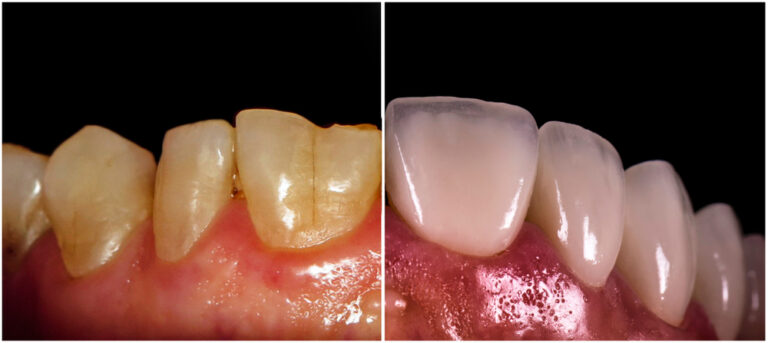
How much do veneers cost in Hawaii
The cost of veneers in Hawaii can vary depending on several factors, including the material used, the number of veneers needed, and the experience of
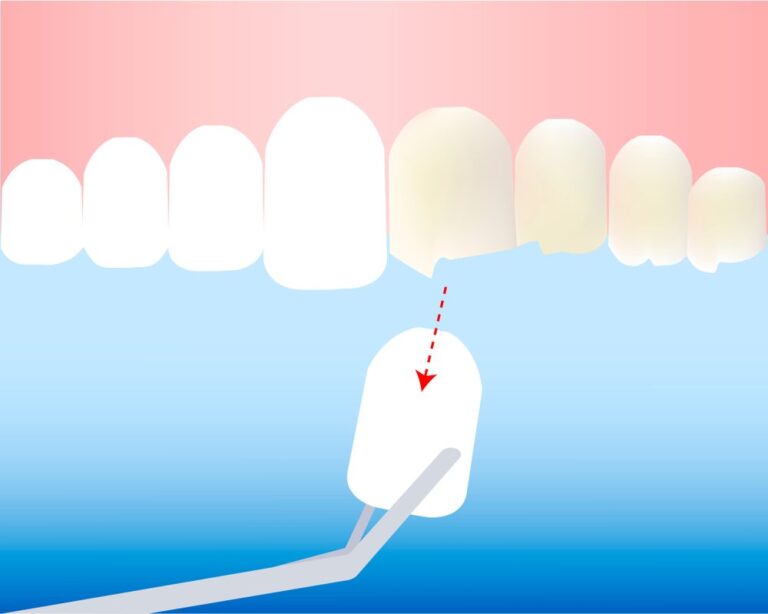
How much are veneers in Ky
The cost of veneers in Kentucky can vary depending on several factors, including the number of veneers needed, the type of material used, and the
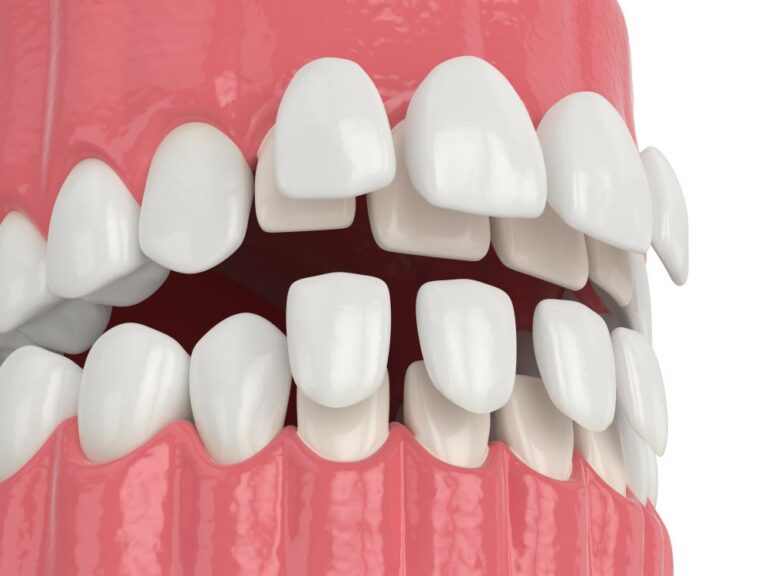
How much do veneers cost Australia
The cost of veneers in Australia can vary depending on the factors mentioned above. However, the average cost of porcelain veneers in Australia ranges from
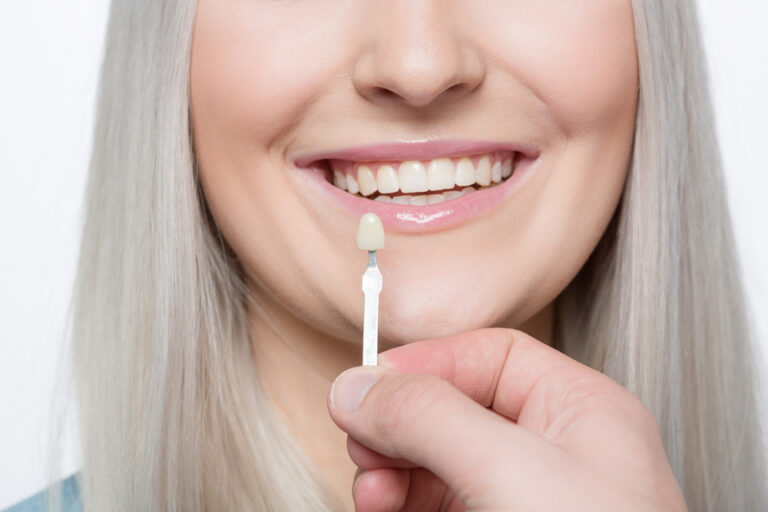
How much are veneers Chicago
The cost of veneers in Chicago can vary depending on several factors, such as the number of teeth being treated, the type of material used,
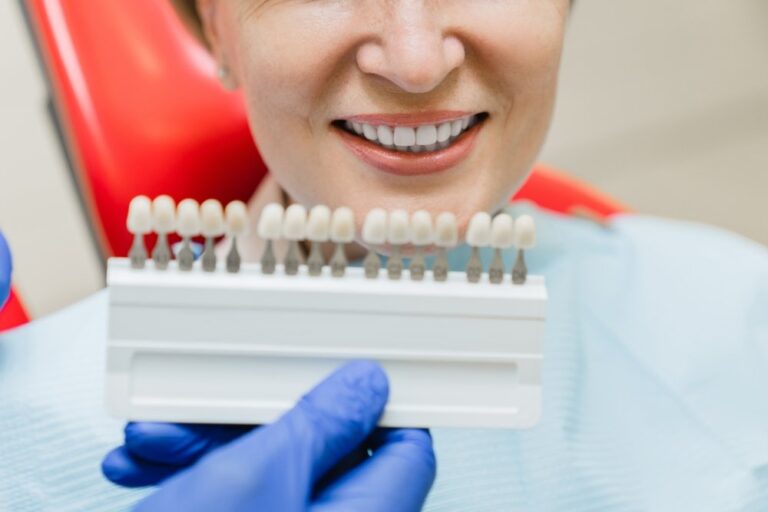
How much are veneers in Thailand
Now that we’ve gone over some of the factors that can affect the cost of veneers in Thailand, let’s talk about how much you can

